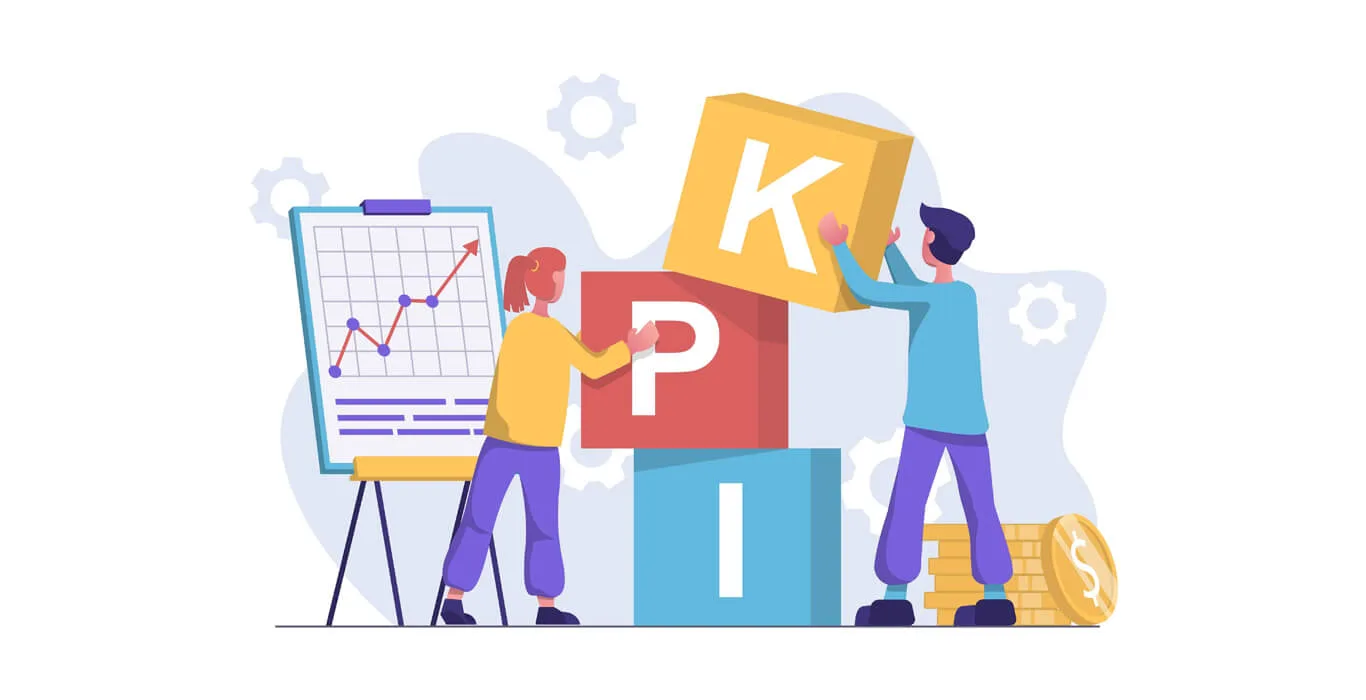Ever found yourself scrolling through Google Ads, wondering how some campaigns manage to grab your attention effortlessly? That’s the magic of demand generation at work. It’s like the secret ingredient that turns a simple ad into a captivating story, drawing potential customers in with irresistible targeted advertisements. But where did this transformative approach originate, and how does it revolutionize the domain of online advertising? Join us on a journey as we unravel the mysteries behind the new Demand Generation Campaign and explore its ground breaking impact on the world of Google Ads.

Imagine a world where advertising wasn’t just about selling a product, but about sparking genuine interest and excitement in potential customers. That’s the vision that gave birth to the Demand Generation Campaign, a revolutionary approach to marketing that prioritizes building relationships over making sales pitches. The concept emerged from the evolving landscape of consumer behavior and the realization that traditional advertising tactics were falling short of capturing the attention of modern audiences. Instead of bombarding consumers with generic ads, demand generation focuses on understanding their needs and desires, and then crafting targeted messages that resonate on a deeper level. It’s a paradigm shift reshaping how businesses connect with their audience, transforming advertising from a one-sided transaction into a meaningful conversation.
Why Do We Need Demand Generation Campaign Strategies?
Demand generation strategies are crucial for businesses looking to thrive in today’s competitive market. Here are several reasons why they are important:
1. Building Brand Awareness: Demand generation helps to increase the visibility and recognition of a brand among its target audience. By consistently engaging with potential customers through various channels, businesses can ensure that their brand remains top-of-mind when those customers are ready to make a purchase.
2. Generating High-Quality Leads: Unlike traditional marketing tactics that may attract a large volume of leads, demand generation focuses on attracting the right leads – those who are genuinely interested in the product or service being offered. This leads to higher conversion rates and ultimately increases revenue.
3. Establishing Authority and Trust: By providing valuable content and addressing the pain points of their target audience, businesses can position themselves as experts in their field. This builds trust and credibility with potential customers, making them more likely to choose the business when making a purchasing decision.
4. Nurturing Relationships: Demand generation strategies involve ongoing engagement with leads throughout the buyer’s journey. This allows businesses to nurture relationships over time, providing relevant information and guidance to leads as they move closer to making a purchase.
5. Improving Marketing ROI: By focusing on attracting and nurturing high-quality leads, demand generation strategies typically result in a higher return on investment (ROI) compared to traditional marketing methods. This is because businesses are investing their resources more effectively in reaching the right audience.
6. Adapting to Changing Consumer Behavior: With the rise of digital technology and the internet, consumer behavior is constantly evolving. Demand generation strategies allow businesses to adapt to these changes by meeting consumers where they are and delivering personalized experiences that resonate with their needs and preferences.
Overall, demand generation strategies play a crucial role in helping businesses attract, engage, and convert potential customers, ultimately driving growth and success in today’s dynamic marketplace.
What happens if Demand Generation Campaign Strategies are neglected?
The consequences of neglecting demand generation strategies can be severe for businesses in today’s dynamic market landscape. Without effective demand generation efforts, companies risk limited brand awareness, missed opportunities for lead generation, and the loss of competitive advantage. This can result in ineffective marketing ROI, making it challenging to justify marketing expenses and achieve sustainable growth. Furthermore, without consistent efforts to engage and nurture leads, businesses may struggle to adapt to changing consumer behavior and remain relevant in their industry. In essence, the failure to implement demand-generation strategies can hinder a company’s ability to attract, convert, and retain customers, ultimately impeding its overall success and growth potential.
How to Create a Fool-Proof Demand Generation Campaign on Google Ads?
Building a fool proof demand generation strategy on Google Ads requires careful planning and execution across several key steps:
1. Goal Setting and Audience Identification: Begin by defining clear and specific goals for your Google Ads campaign. Determine what you aim to achieve, whether it’s increasing website traffic, generating leads, or driving sales. Next, identify your target audience by creating detailed customer personas based on demographics, interests, and online behavior.
2. Keyword Research and Ad Creation: Conduct thorough keyword research to identify relevant search terms that your target audience is likely to use. Use tools like Google Keyword Planner to discover high-volume keywords with low competition. Create compelling ad copy that resonates with your audience and includes relevant keywords to improve ad relevance and quality score.
3. Campaign Structure and Ad Groups: Organize your Google Ads campaign into well-defined ad groups based on specific themes or product categories. This allows you to create highly targeted ads and landing pages that closely match the search intent of users. Structure your campaign to align with your overall marketing objectives and budget allocation.
4. Ad Extensions and Landing Pages: Take advantage of ad extensions such as site links, callouts, and structured snippets to provide additional information and encourage clicks. Ensure that your landing pages are optimized for conversion with clear calls-to-action, relevant content, and a seamless user experience. Use A/B testing to optimize landing page performance and maximize conversions.
5. Budget Management and Bidding Strategy: Set a realistic budget for your Google Ads campaign based on your goals and expected return on investment. Monitor your campaign performance closely and adjust your bidding strategy to optimize for key metrics such as cost-per-click (CPC), click-through rate (CTR), and conversion rate. Consider using automated bidding strategies like target CPA or maximize conversions to achieve your desired outcomes more efficiently.
6. Tracking and Measurement: Implement conversion tracking to accurately measure the performance of your Google Ads campaign and attribute conversions to specific keywords and ad groups. Use Google Analytics to gain insights into user behavior and identify areas for optimization. Continuously monitor key metrics and adjust your strategy based on performance data to drive continuous improvement.
7. Optimization and Iteration: Regularly review and optimize your Google Ads campaign based on performance insights and feedback. Test different ad creatives, targeting options, and bidding strategies to identify what works best for your audience. Continuously refine your keyword list, ad copy, and landing pages to improve ad relevance and conversion rates over time.
By following these steps and leveraging the full capabilities of Google Ads, you can build a robust demand generation strategy that effectively reaches your target audience, drives engagement, and delivers measurable results.
What Service does Demand Lead Generation come under?
Demand Lead Gen and PPC (Pay-Per-Click) advertising are closely related as PPC is often a key component of Demand Lead Gen strategies. PPC is a digital advertising model where advertisers pay a fee each time their ad is clicked. In the context of Demand Lead Gen, PPC campaigns are used to drive traffic to landing pages or websites where visitors can take desired actions, such as filling out a contact form, downloading a resource, or making a purchase.

Here's how Demand Lead Gen and PPC are related:
1. Lead Generation Objective: Demand Lead Gen and PPC services in India aim to generate business leads. PPC campaigns are designed to attract potential customers to the client’s website or landing pages, where they can engage with the brand and provide their contact information.
2. Targeted Advertising: PPC allows for highly targeted advertising, where ads can be displayed based on specific keywords, demographics, interests, and behaviors. This targeting capability aligns with the goal of Demand Lead Gen to reach the right audience with relevant messaging.
3. Conversion Optimization: In Demand Lead Gen campaigns, PPC advertising is used to drive traffic to conversion-focused landing pages optimized to encourage visitors to take action. This action could be signing up for a newsletter, requesting a demo, or making a purchase. According to PPC services in India, campaigns are continuously optimized to improve conversion rates and maximize the number of leads generated.
4. Measurable Results: Both Demand Lead Gen and PPC offer measurable results. PPC platforms provide detailed metrics such as click-through rate (CTR), conversion rate, cost per lead (CPL), and return on investment (ROI), allowing marketers to track the performance of their campaigns and make data-driven decisions to improve results.
Overall, PPC advertising plays a crucial role in Demand Lead Gen strategies by driving targeted traffic, capturing leads, and ultimately contributing to the growth and success of businesses.
Conclusion:
In conclusion, the advent of Demand Generation Campaigns has revolutionized the landscape of online advertising, particularly on platforms like Google Ads. By prioritizing relationship-building over sales pitches, demand-generation strategies have ushered in a new era of marketing focused on understanding and engaging with the needs of modern consumers. Neglecting these strategies can lead to limited brand awareness, missed opportunities for lead generation, and ineffective marketing ROI. However, by following a comprehensive approach that includes goal setting, audience identification, keyword research, ad creation, budget management, and continuous optimization, businesses can build fool proof demand generation campaigns on Google Ads that effectively reach their target audience, drive engagement, and deliver measurable results.
As a leading digital marketing company in India, IKF provides expert PPC services in India and Demand Lead Generation services tailored to the unique needs of businesses seeking to thrive in today’s dynamic marketplace. Contact us today to elevate your online advertising efforts and unlock your business’s growth potential.

Ashish Dalia is the CEO & Chief Digital Marketing Strategist at I Knowledge Factory Pvt. Ltd.

Ashish Dalia is the CEO & Chief Digital Marketing Strategist at I Knowledge Factory Pvt. Ltd.











